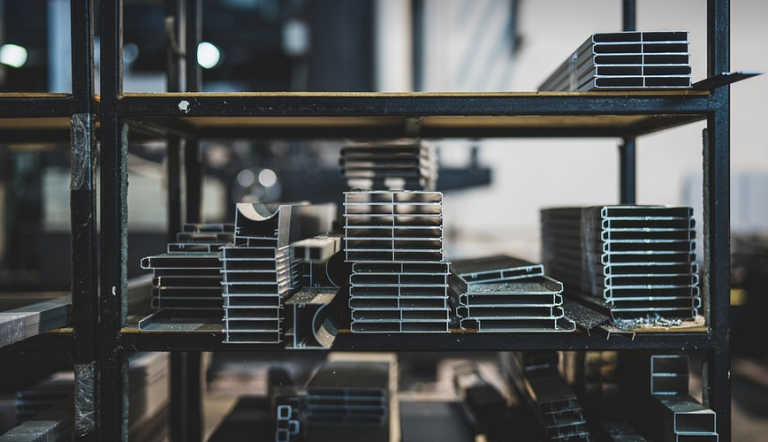
Mastering the Art of Soldering with Precision
Whether you’re a seasoned welding professional or just starting out, understanding the nuances of filler rod selection can be a game-changer. When it comes to stainless steel welding, you’ll find yourself diving into a world of choices, each one tailored for specific applications and welding techniques. This guide will equip you with the knowledge needed to navigate this complex landscape and ensure your welds are as flawless as they need to be.
Stainless steel, renowned for its durability and corrosion resistance, finds application in countless industries from shipbuilding and automotive to medical and aerospace. However, the unique properties of stainless steel pose a challenge when it comes to welding. It’s not as straightforward as welding mild steel; you need filler rods that can handle the heat, the complexity of the process, and the inherent characteristics of stainless steel.
Imagine trying to create a delicate mosaic on intricate artwork with only a sledgehammer. It wouldn’t work well, would it? You need tools suitable for both precision and strength, right? Just like artistic details require specialized tools, welding stainless steel demands filler rods designed specifically for the task.
Understanding Stainless Steel’s Unique Challenges
Before we delve into the specifics of filler rod choices, let’s understand why they are so crucial for TIG welding stainless steel. First and foremost, stainless steel is known for its high chromium content, which contributes to its resistance to corrosion. Chromium forms a protective oxide layer on the surface of the metal, acting like a shield against rust and other harmful elements.
However, this very property also makes stainless steel more challenging to weld. The chromium in stainless steel forms a strong bond with oxygen in the atmosphere during welding. This creates an intermetallic compound that can hinder heat transfer and lead to porosity or incomplete fusion of the base metal. The result is welds that are brittle, weak, and prone to corrosion.
So how do we handle this challenge? By using filler rods designed for stainless steel! These special rods have a composition that allows them to deposit a stable weld bead without jeopardizing the integrity of the surrounding stainless steel. We’ll explore various types of these rods in detail later on, but first, let’s understand their basic building blocks.
Filler rod compositions are key to achieving desired weld properties and preventing defects like porosity or discoloration. The most commonly used filler rods for TIG welding stainless steel contain a high percentage of nickel and chromium. These elements help form a strong bond with the base metal, enabling the creation of seamless and durable welds.
The Art of Choosing the Right Filler Rod
Choosing the right filler rod can make or break your weld. It’s not just about selecting any rod; you need to consider factors like:
* **Metals:** The type of stainless steel involved will dictate the appropriate filler rod. Different stainless steel grades (304, 316, 321) have varying compositions and require tailored filler rods for optimal performance.
* **Weld Position:** TIG welding requires precise control over the weld pool and bead shape. Therefore, consider the position of the weld when choosing a rod. For example, vertical welds need specific rods to prevent warping or excessive splatter
* **Welding Current & Amperage:** The current and amperage used in TIG welding impact the arc and heat input. This affects the melting rate of the filler rod, requiring a rod with compatible properties.
*** Filler Rod Types: ***
* **Shielded Metal Arc (SMAW) Wire:** While not as commonly used for TIG welding, SMAW wire can be an alternative for specific situations. It’s important to choose the right filler rod based on the grade of stainless steel and the desired weld profile.
* **Gas-Shielded Filler Rods (GS):** These rods come with a shielding gas coating that creates a protective environment around the welding arc, ensuring proper penetration and reducing porosity. This type is generally preferred for TIG welding due to its consistent performance and ease of use.
* **Flux-Cored Filler Rods (FCAW):** These rods employ a flux that helps remove impurities from the weld pool. They are commonly used in industrial settings where speed and efficiency are crucial. Remember, this type often requires an additional shielding gas for optimal results.
The Importance of Tungsten Electrode Selection
A well-chosen tungsten electrode plays a critical role in TIG welding stainless steel. Unlike SMAW, which uses electrodes with different shapes and sizes, the tungsten electrode’s shape is crucial for creating a clean and consistent arc. A tungsten electrode that interacts efficiently with the base metal and prevents contamination helps ensure a smooth weld bead.
When selecting tungsten electrodes, consider their following aspects:
* **Size:** The diameter of the tungsten electrode affects its penetration ability. A larger diameter allows for greater heat transfer and smoother welds, but requires more shielding gas for optimal results.
* **Material:** Tungsten is a material that resists high temperatures and oxidizes at lower temperatures. It’s often used in TIG welding due to its excellent thermal conductivity and resistance to oxidation.
Choosing the right tungsten electrode can make or break your weld, so it’s crucial to select one that aligns with the specific requirements of your project.
Practice Makes Perfect: The Power of Experience
There is no substitute for experience when it comes to TIG welding stainless steel. It’s a skill that takes time and effort to master, but once you get the hang of it, the results will be worth it.
The most effective way to learn is by practicing on metal samples. Start with simple exercises like weaving through small grids or making beads on scrap stainless steel. As you become more proficient, you can tackle more complex projects and explore the various techniques of TIG welding.
Remember, every weld bead tells a story about your skill set. A flawless bead is an achievement in itself! Keep practicing, keep learning, and you’ll find yourself developing a keen eye for detail and mastering the art of TIG welding stainless steel.


